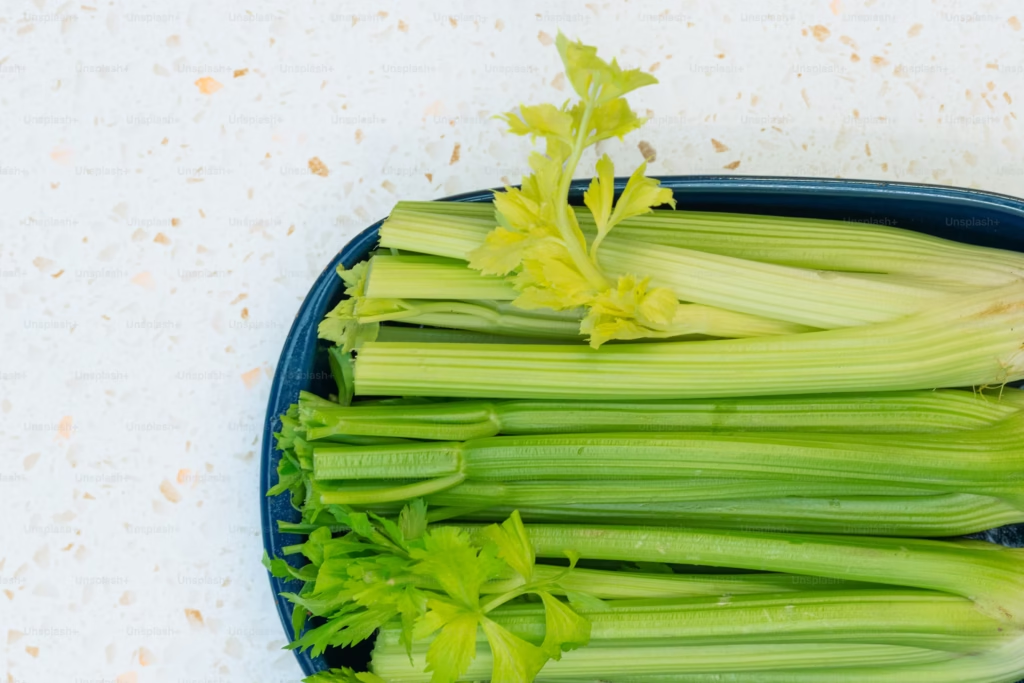
Growing celery in 5-gallon buckets is a great way to enjoy fresh, homegrown produce even if you lack garden space. With the right celery variety, proper soil, and consistent care, you can have a productive harvest. This guide covers everything you need to know, from choosing the best type of celery to troubleshooting common problems.
Best Celery Varieties for Bucket Growing
Not all celery varieties thrive in container gardening. Some grow better in limited spaces and produce tender, flavorful stalks. The best options include:
- Tango Celery – A compact variety with a sweet flavor and excellent resistance to disease.
- Golden Self-Blanching – A great choice for those who prefer milder, less fibrous stalks.
- Utah 52-70 – This classic celery variety is sturdy, flavorful, and well-suited for container growth.
- Redventure Celery – This variety offers a unique red color and a slightly sweeter taste.
These varieties adapt well to small spaces and provide a rewarding yield when grown in 5-gallon buckets.
How Many Celery Plants Per Bucket?
Each 5-gallon bucket can accommodate one to two celery plants. Celery requires space for root development, so overcrowding can stunt growth. If growing two plants, position them at opposite sides of the bucket to ensure each one gets adequate light, air circulation, and nutrients.
Best Soil for Celery
Celery thrives in moist, nutrient-rich, and well-draining soil. A high-quality potting mix with compost or aged manure works well. To improve moisture retention, add peat moss or coconut coir to the mix. Avoid heavy garden soil, as it compacts easily and restricts root growth.
Sunlight Requirements
Celery needs at least 6 hours of direct sunlight daily but benefits from some afternoon shade in hot climates. If growing celery indoors, use grow lights to provide sufficient brightness. A south-facing balcony or patio is an excellent spot for container-grown celery.
Watering Celery in Buckets
Celery has shallow roots and requires consistent moisture to prevent stringy, bitter stalks. Water daily to keep the soil evenly moist, but avoid waterlogging. If the top inch of soil feels dry, it’s time to water. Drill drainage holes in the bottom of the bucket to prevent root rot.
Fertilizing for Healthy Growth
Celery is a heavy feeder, so regular fertilization ensures strong stalk development. Follow this feeding schedule:
- At planting – Mix a slow-release fertilizer into the soil or add compost.
- Every two weeks – Apply a balanced liquid fertilizer (10-10-10) or fish emulsion to encourage growth.
- Midseason – Side-dress with compost or an organic fertilizer high in nitrogen to support stalk production.
Avoid over-fertilizing with nitrogen alone, as it can lead to excessive leaf growth instead of thick, crisp stalks.
Common Problems and How to Fix Them
1. Yellowing Leaves
Yellow leaves indicate nutrient deficiencies, overwatering, or poor drainage. Ensure the bucket has proper drainage holes and fertilize as needed. If leaves remain yellow, check for pests.
2. Thin, Stringy Stalks
Celery stalks become stringy due to inconsistent watering or a lack of nutrients. Keep soil moisture steady and apply a nitrogen-rich fertilizer midseason to promote thick stalks.
3. Bolting (Premature Flowering)
Bolting occurs when temperatures fluctuate too much. Celery prefers cool, consistent temperatures around 60-70°F. Provide shade in extreme heat and cover plants during unexpected cold snaps to prevent early flowering.
4. Pests (Aphids, Slugs, and Leaf Miners)
- Aphids – Rinse plants with water or apply insecticidal soap.
- Slugs – Place crushed eggshells or diatomaceous earth around the base of the plant to deter them.
- Leaf Miners – Remove affected leaves and use plant covers to prevent further infestations.
5. Root Rot
Overwatering leads to root rot, which stunts growth and causes wilting. Ensure proper drainage and avoid letting the bucket sit in standing water. If root rot develops, remove the affected plant and improve soil aeration.
Harvesting Celery
Celery takes 85-120 days to mature. Begin harvesting when stalks reach 8-12 inches tall by cutting outer stalks first, allowing inner ones to continue growing. For full heads, cut at the base, leaving the root system intact for potential regrowth.
Conclusion
Growing celery in 5-gallon buckets is a practical way to enjoy fresh, crunchy stalks without a large garden. Choosing the right variety, maintaining moisture, and feeding regularly will result in a healthy harvest. With proper care, you can have homegrown celery ready for soups, salads, and snacks throughout the season.
Please be sure to check out my Gardening Blog Post Page for more tips on all types of gardening. Including Seed Saving, Seed Starting, Orchids, Water Gardening, Coldframe Gardening, Indoor Bulb Gardening, Hydroponics, Container Gardening, Mums, Herbs, African Violets, planting Bulbs, Flower Gardening, Vegetable and Fruit Gardening, Indoor Houseplants of all kinds, Cactus, Succulents, Hanging plants, Deer resistant plants and even Bird, Bee, Butterfly and Hummingbird Gardens!
